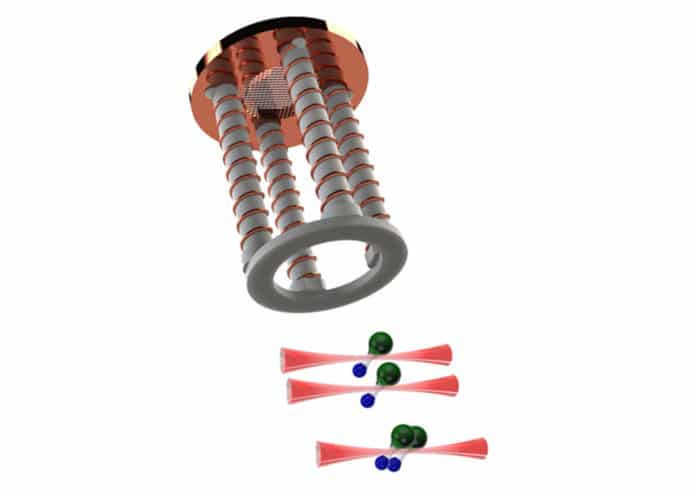Ultracold molecules hold promise for a wide range of exciting applications, including quantum technologies. Although, such applications are currently hampered by the limited number of ultracold molecular ensembles. The collision between the molecules can make their life short or destroy them.
Scientists at Harvard University, MIT, Korea University, and Radboud University have demonstrated preventing the molecules. The way includes the interaction between molecules using microwaves in such a way that they repel each other. It causes the molecules to avoid interaction with each other during collisions.
This new approach will enable cooling molecules to a quantum gas and bring their application in new quantum technologies within reach.
Another interesting fact about the ultracold molecules is that interactions between molecules can be tuned and controlled by the turn of a knob in the lab, using external fields. The exposure of molecules to microwaves oscillates their dipole moments with microwaves. This way, it is possible to control the interactions between the molecular dipole moments.
In addition, these dipole moments can interlock with each other. This can cause either attraction or repulsion between the molecules.
Tijs Karman of Radboud University said, “Repulsion between the molecules can prevent them from coming close together. In this way, we can shield the molecules from collisional losses.”
For this experiment, scientists used calcium monofluoride molecules (CaF). The molecules were cooled to a temperature of 100 µK using laser cooling. Scientists then stored the molecules in individual traps made from optical tweezers.
Two of these tweezers, each containing a single molecule, are then merged to study collisions between exactly two molecules. To shield the molecules, they are exposed to microwaves from an array of antennas.
Scientists found that the loss rate was reduced by a factor of six. The repulsion between molecules when they are far apart led to fast elastic collisions. Here elastic collisions are boosted by a factor of 17.
Journal Reference:
- Loïc Anderegg et al., Observation of microwave shielding of ultracold molecules, Science (2021). DOI: 10.1126/science.abg9502
